History of the Department
|
|
|
|
|
|
|
|
|
|
|
|
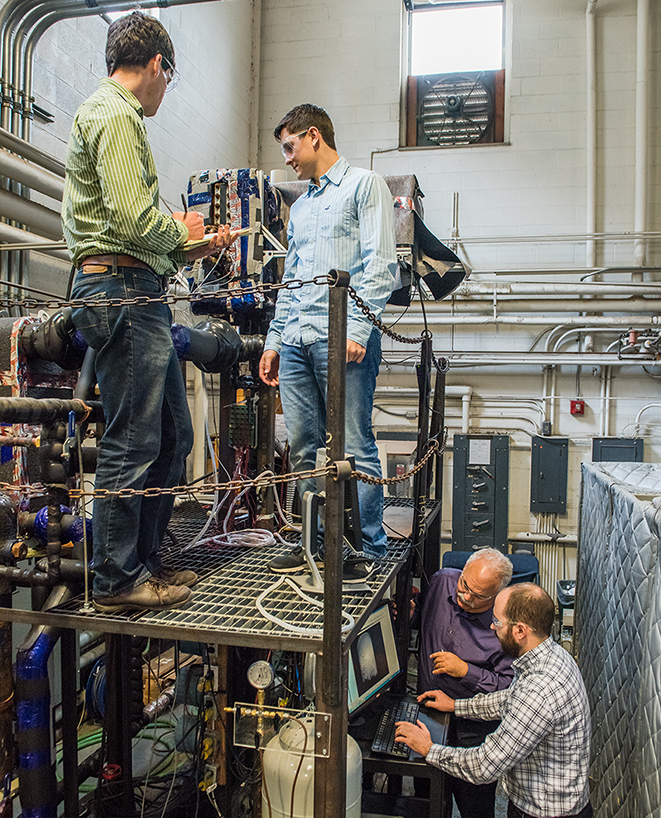 Institute for Environmental Research – 2016 Institute for Environmental Research – 2016 |
In the 1880's, the first engineering students at Kansas State University received instruction in “mechanical arts," which was more of a trade skill program. Farm youths were interested in this course of study because the engineering shops provided superior equipment and instruction while still focused on agricultural needs. Courses included: elementary mechanics, hydraulics, machine design, mechanics of materials, measurements, and engineering of power plants.
When World War I broke out in 1918, the country wanted to mobilize its resources and utilized universities to train its soldiers. K-State expanded its shops to provide crash courses in technical training for auto mechanics, blacksmiths, electricians, radio operators, machinists and carpenters. Soldiers lived in Nichols Gymnasium.
After World War II broke out in 1939, the federal government approached K-State and requested the addition of wartime courses with a quick turn-around to train soldiers and supplement the war-drained workforce. In 1942, K-State changed the name of its program to Engineering, Science and Management War Training. Women with a background in mathematics or physics were encouraged to participate. Courses included: materials inspection and testing, tool engineering, engineering drawing, explosives and aeronautical engineering. Each course was 12 weeks in duration, and the government paid all college fees.
As a land-grant college, one of K-State's objectives is to “give practical and effective assistance at a professional level to those enterprises in the state that serve as the economic foundation of Kansas.” Originally the university focused on agriculture because farming was the state’s primary industry, but in the 1950’s - as manufacturing increased - the need for engineering and industry-related research changed the educational focus. The Institute for Environment Research (IER) was established in 1961 with an $80,000 construction grant to build a research center for the study of human responses to various thermal environments. Today, the MNE department has 15 active research labs.
In 2011, Kansas legislators passed The University Engineering Initiative Act, which provides financial support to increase the number of engineering graduates by almost 60% in the state of Kansas over a 10-year period. Today MNE is the largest department in the Carl R. Ice College of Engineering hosting more than one-third of all K-State engineering students. MNE has 29 faculty members and offers B.S, M.S, and Ph.D. degrees in Mechanical and Nuclear engineering both in person and online.
Evolution of the Alan Levin Department of Mechanical and Nuclear Engineering
- pre-1897 – mechanic's courses offered (within the Dept. of Agriculture)
- 1897 – Division of Steam and Gas Engineering (within the Dept. of Agriculture)
- 1917 – Division of Engineering (within the Dept. of Agriculture)
- 1922 – Department of Mechanical Engineering
- 1958 – Department of Nuclear Engineering
- 1996 – Department of Mechanical and Nuclear Engineering
- 2019 – Alan Levin Department of Mechanical and Nuclear Engineering
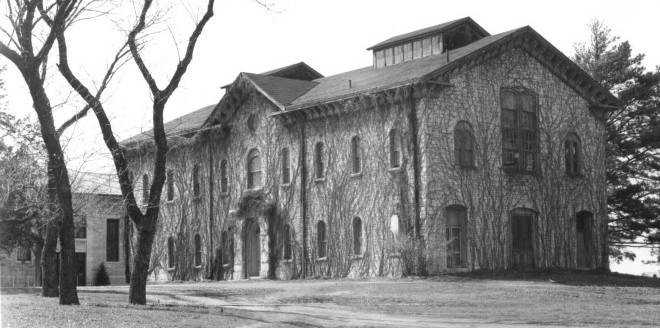 Farm Machinery Hall – 1872
Farm Machinery Hall – 1872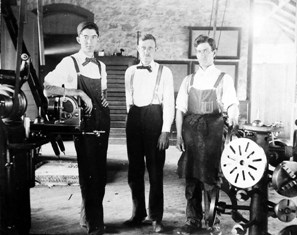 Shop students – 1890's
Shop students – 1890's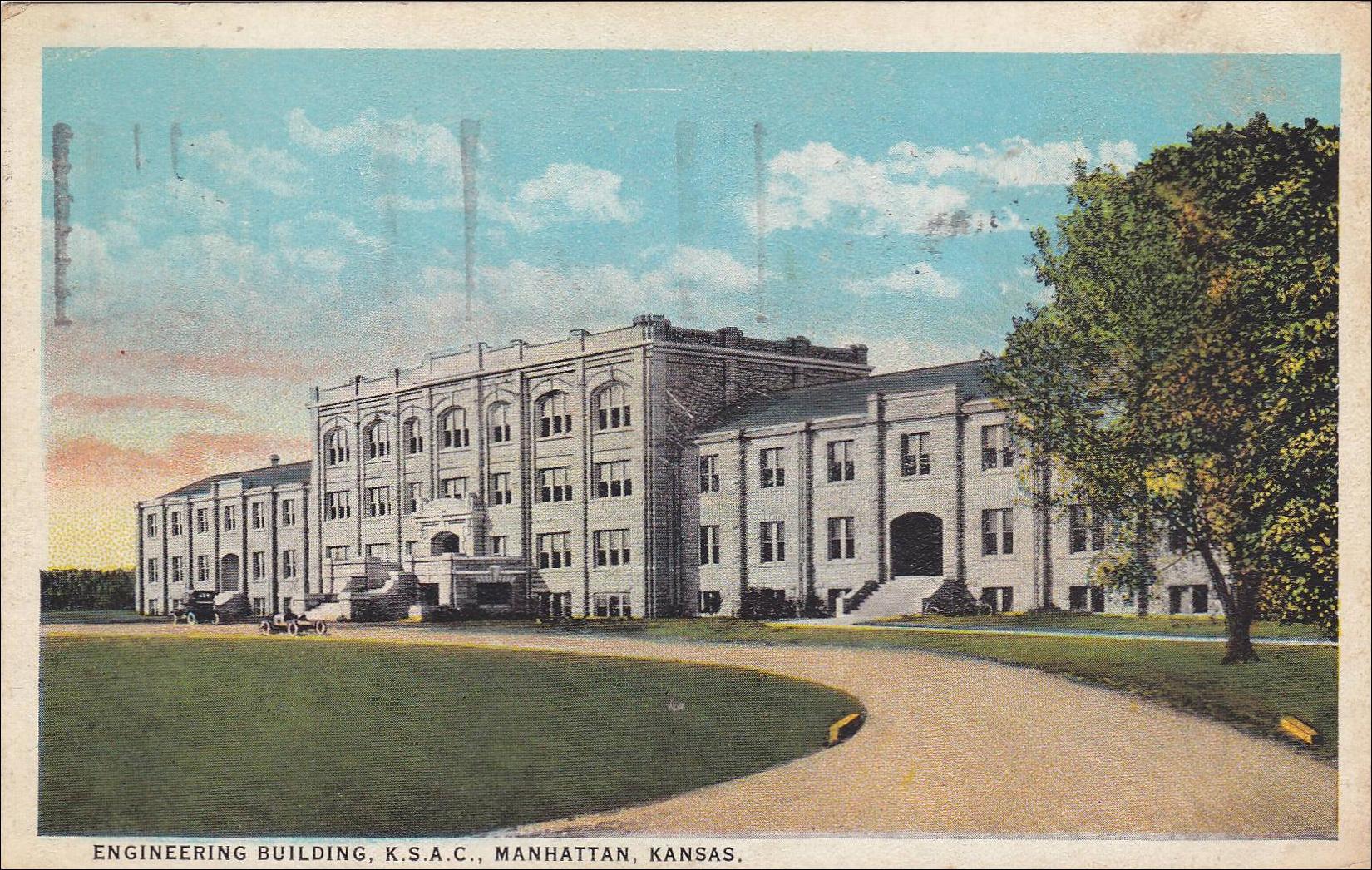 Engineering Building (now Seaton Hall) – 1920
Engineering Building (now Seaton Hall) – 1920 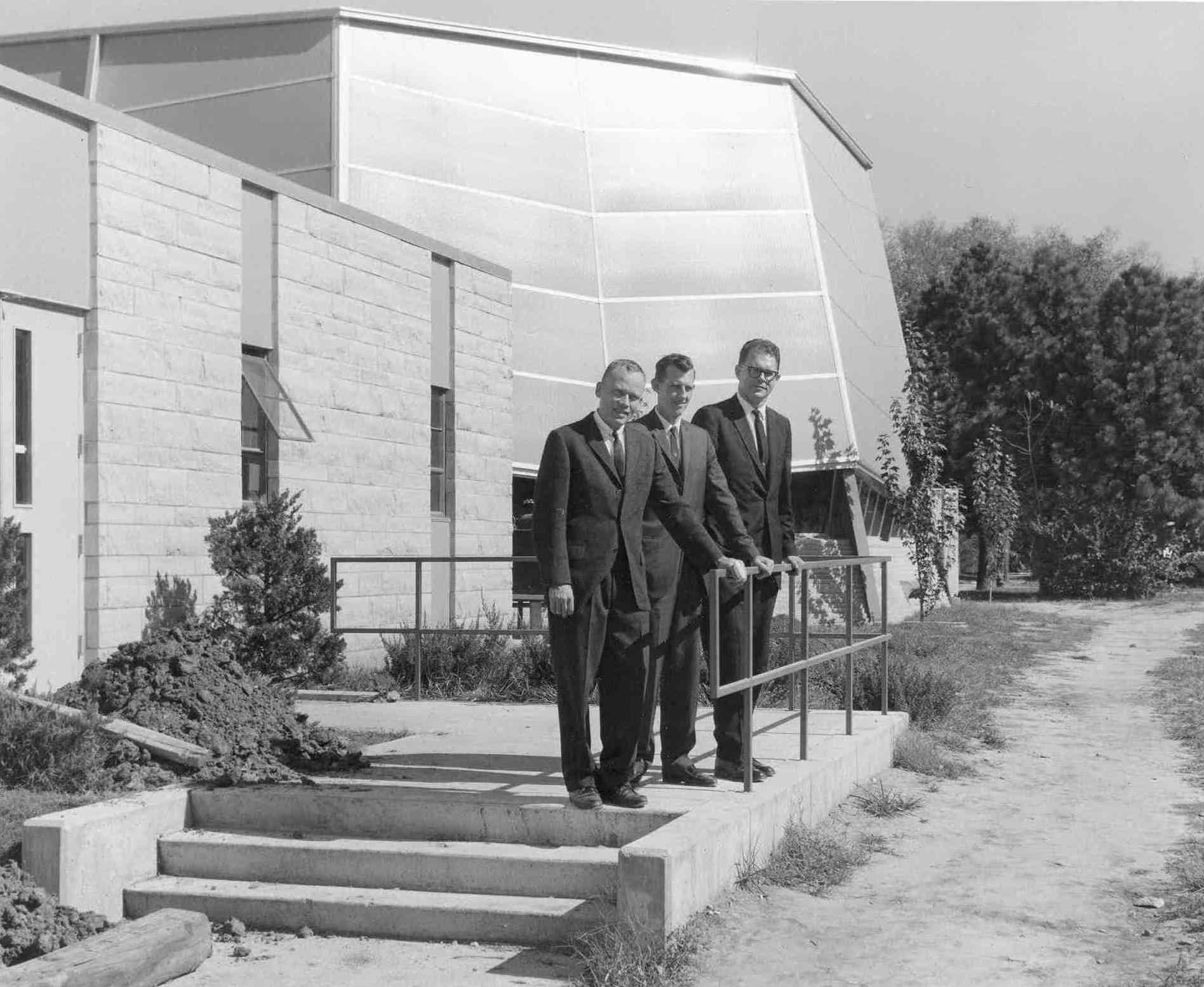 Nuclear Reactor opens – 1962
Nuclear Reactor opens – 1962